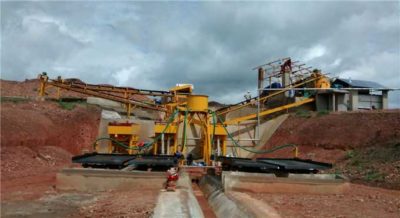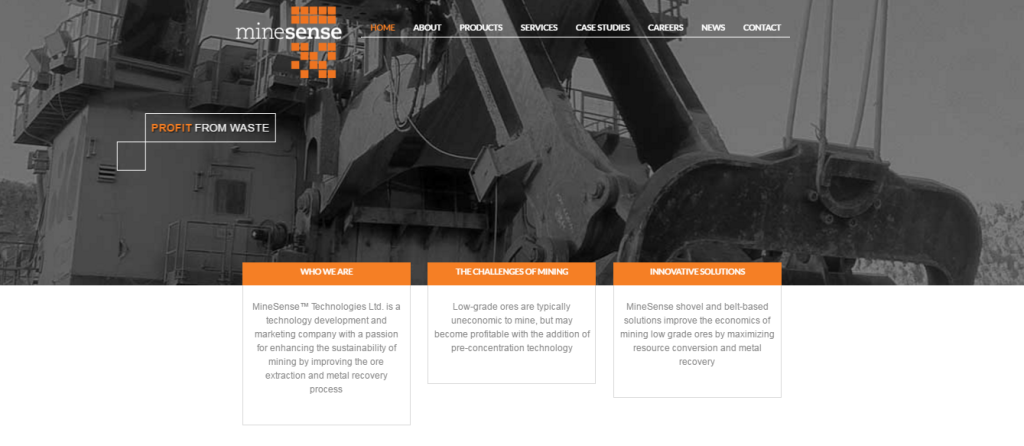
Update: This blog was originally written in March 2016 and has been updated Jan 2019.
The mining industry must continually find ways to improve and modernize. The most likely avenue for improvement will be using new technologies as they become available.
One of the players on the scene is a start-up company called “MineSense Technologies Ltd.” They are a British Columbia company looking to improve ore extraction and recovery processes based on the sensing and sorting of low-grade ore. They hope their technology will improve mine economics by reducing the consumption of energy, water, and reagents.
Having first written about this in 2016, its still not entirely clear to me how developed their technology is in 2019. Thus far they appear to be secretive with respect to their testing and performance results. Certainly they are able to raise financing to keep them going.
Sensors are the answer
It appears MineSense is relying on a combination of ground-penetrating sensors with other technology in order to measure and report the grade of ore in real time.
Existing ore sorting technologies seem to focus on distinguishing mineralized material from gangue, but MineSense seems to be targeting using actual ore grades as the defining factor.
They hope to be able to eventually integrate their technology into equipment such as shovels, scooptrams, conveyors, feeders, and transfer chutes.
Their proprietary technology is based on High Frequency Electromagnetic Spectrometry and High Speed X-Ray Fluorescence sensors. Reportedly these can deliver better sensitivity and operate at high speeds. They plan to develop two distinct product lines; shovel-based systems; and conveyor belt-based systems.
ShovelSense
Their ShovelSense system would be a real-time mineral telemetry and decision system and used for measurement of ore quality while material is being scooped into the dipper, then reporting the ore quality and type to the grade control/ore routing system, and then enabling real-time online ore/waste dispatch decisions. Additional features may include tramp metal and missing tooth detection. Sounds like a good idea, albeit some practical operating issues will need to be overcome.
BeltSense
 Their belt conveyor systems (BeltSense) will use high-speed multi-channel sensing to characterize conveyed ore and waste in real time, allowing grades and tonnages to be reported and allowing ore to be diverted to correct destinations based on the sensor responses.
Their belt conveyor systems (BeltSense) will use high-speed multi-channel sensing to characterize conveyed ore and waste in real time, allowing grades and tonnages to be reported and allowing ore to be diverted to correct destinations based on the sensor responses.
MineSense say that pilot units are operating at 20 tph and systems of up to 2000 tph are in the development stages.
Ore sorting has been around for a long time, with companies like Tomra, but possibly the MineSense technical approach will be different.
Conclusion



Looks interesting. One under-emphasized aspect of mining is ore control. I know that “ore” and “waste” are defined by geostatistics, but ultimately a block that’s estimated as ore may actually be waste, and vice versa. This technology may be a way to actually detect ore or waste before it goes in the truck and off to the wrong location.